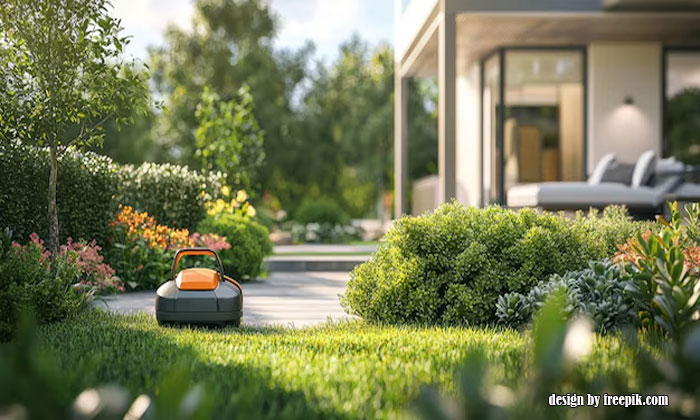
Landscaping not only enhances the beauty of your home but also provides an opportunity for satisfying outdoor exercise. By taking charge of your yard, you can save money while improving your physical fitness. However, to avoid wasting time and resources on an unattractive landscape, it’s essential to follow some practical tips that ensure your yard looks its best.
1. Know Your Soil Type
Understanding the type of soil in your yard is crucial for successful landscaping. Different plants thrive in varying soil conditions—some prefer acidic soil, while others do better in alkaline environments. Sandy, clay, and loamy soils each support different plant species.
To make informed decisions, consider having your soil evaluated. Once you know its composition, you can select plants that will flourish in your yard. If your soil isn’t ideal for your desired plants, you can amend it with materials like mulch, peat, crushed limestone, or clamshells to create a more hospitable environment.
2. Space Your Plants Wisely
Each plant has unique space requirements for its root system. Overcrowding can lead to competition for nutrients and water, resulting in weak or dying plants. Be sure to research the spacing needs of each plant species. For example, many shrubs and small trees should be planted at least three to four feet apart to allow for healthy growth.
3. Choose Native Plants
Incorporating native plants into your landscape design is one of the best strategies for ensuring a thriving yard. Native plants are well-adapted to your local climate and soil conditions, making them easier to maintain and less prone to pests and diseases. Research which plants are indigenous to your area and prioritize those in your landscaping. If you choose non-native plants, ensure they come from regions with similar climates to avoid unnecessary challenges.
4. Plan for Year-Round Blooms
To keep your landscape vibrant throughout the year, select plants with staggered blooming times. If all your plants bloom simultaneously, your yard may look stunning for a few weeks but lack appeal during the rest of the year. Choose a mix of flowering plants, shrubs, and evergreens. For example, plant spring-blooming tulips and crocus alongside later-blooming perennials to create a continuous cycle of color and interest.
5. Utilize Mulch and Ground Cover
Applying wood chips around shrubs, bushes, and trees can enhance the appearance of your landscape while providing practical benefits. Mulch helps retain moisture, suppress weeds, and enrich the soil as it decomposes. Additionally, consider using attractive ground cover plants, like hens and chicks, to add visual interest around larger plants and trees.
Conclusion
By following these landscaping tips, you can create a beautiful, sustainable yard that reflects your personal style while saving money and effort. With a little planning and care, your outdoor space can become a source of pride and enjoyment for years to come. Embrace the process, and watch your landscaping dreams come to life!
Smart Landscaping Tips for a Beautiful and Cost-Effective Yard






